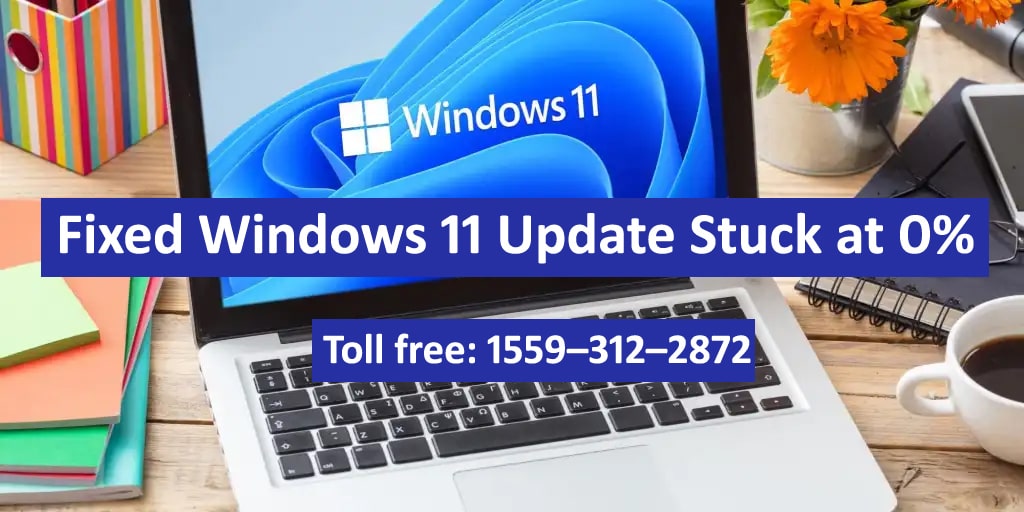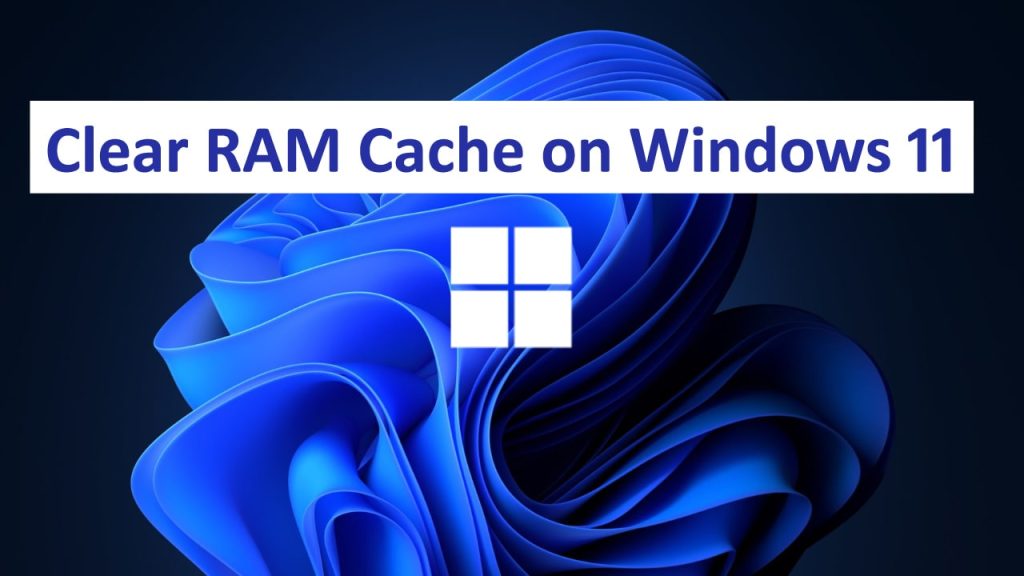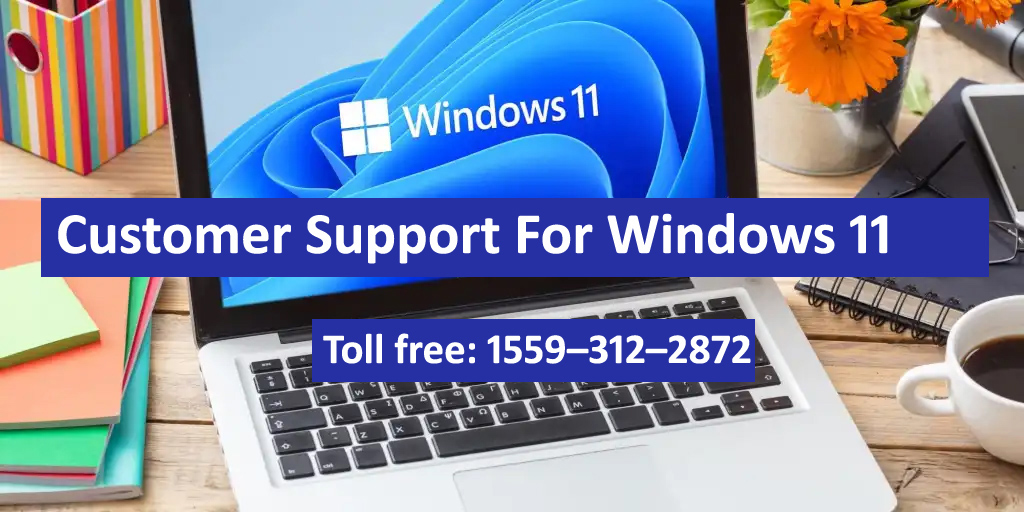Windows 11 updates are vital for maintaining the safety and performance of your system. However, encountering issues where the updating process gets stuck at 0% can be annoying. This guide explores common reasons for this problem and provides solutions to help you get your updates back on track.
Read: How to Clear RAM Cache on Windows 11
Causes of Windows 11 Update Stuck at 0%?
Understanding what causes update failures will help you to provide effective troubleshooting. Here are some simple explanations as to why Windows 11 might stick at a 0% update:
- Slow Internet Connection: A slow or intermittent internet connection may hinder Windows from downloading the upgrade files swiftly.
- Corrupt Update Files: Corrupt update files or incomplete downloads can halt the updating process.
- Insufficient Storage Space: Lack of enough storage space in your device may impede the installation of updates.
- Competing Software/ Applications: Sometimes third-party apps or antivirus software may meddle with an installation process.
- Problems with Windows Update Service: Issues with the Windows service that is responsible for updates occurring on its operating systems can make it impossible for them to be implemented.
- System File Corruption: If there are broken Windows system files it can corrupt the whole operation and result in sticking.
Step-by-Step Solutions to Fix Windows 11 Update Stuck at 0%?
1- Check Your Internet Connection
Downloading any app or document requires a stable internet connection.
- Try Connection Out: Check if other websites are working properly. You may also browse through other pages as well as stream content so as to test your connectivity level.
- Restart Router: Turn off your router by pressing its power button. Wait for it before switching it on again.
2- Free Up Storage Space
The update cannot happen in case there is no adequate storage space left in your gadget.
- Watch Over Store: Visit the Settings tab, select Systems, then Storage where you’ll find space available.
- Clean It: Use the Disk Cleanup tool which is capable of removing unimportant documents thus freeing up additional room.
3- Restart Windows Update Services
At times, restarting Windows Update services can help fix the update issue.
- Open Command Prompt: Find Command Prompt in the Start Menu, right-click it, and choose “Run as administrator.”
- Stop Services: Use these commands to stop update services:
net stop wuauserv
net stop cryptSvc
net stop bits
net stop msiserver- Start Services: And then restart them with those commands given below;
net start wuauserv
net start cryptSvc
net start bits
net start msiserver4- Run Windows Update, Troubleshooter
There is a built-in troubleshooter for fixing problems with updates on Windows operating systems.
- Access Troubleshooter: Under Settings, click on System > Troubleshoot > Other troubleshooters.
- Execute Troubleshooter: Once you have selected “Windows Update”, follow the prompts provided.
5- Reset Windows Update Components
Doing this will enable you to resolve recurring issues associated with updates.
- Open Command Prompt: Go to the Start menu search box and type ‘cmd’. Right-click on “Command Prompt” and select “Run as administrator”
- Type these Commands: Check if there are any Corrupt System Files.
net stop wuauserv
net stop cryptSvc
net stop bits
net stop msiserver
ren C:\Windows\SoftwareDistribution SoftwareDistribution.old
ren C:\Windows\System32\catroot2 Catroot2.old
net start wuauserv
net start cryptSvc
net start bits
net start msiserver6- Check for Corrupted System Files
- Perform SFCScan: Run CMD as an Administrator and Enter
sfc /scannow- Carry out DISM: Use Deployment Image Servicing and Management Tool for it;
DISM /Online /Cleanup-Image /RestoreHealth 7- Manually Download and Install Updates
In case automatic updates do not work, install them manually.
- Go to Microsoft Update Catalogue: Just navigate to the Microsoft Update Catalogue page.
- Search for an Update: then enter its number inside a search bar before finally downloading files of interest ;
- Install Updates: Following instructions carefully is necessary during the manual installation of such upgrades.
CONCLUSION
To diagnose and address the root cause of the problem, you must get to know why your Windows 11 update is stuck at 0%. Checking your internet connection, emptying storage space, restarting update services, taking advantage of troubleshooters, resetting update components, verifying system files, and manually installing updates can help solve the issue and keep your machine current. In case all these remedies fail to resolve the problem, it may be necessary to contact Microsoft Support for additional support.



